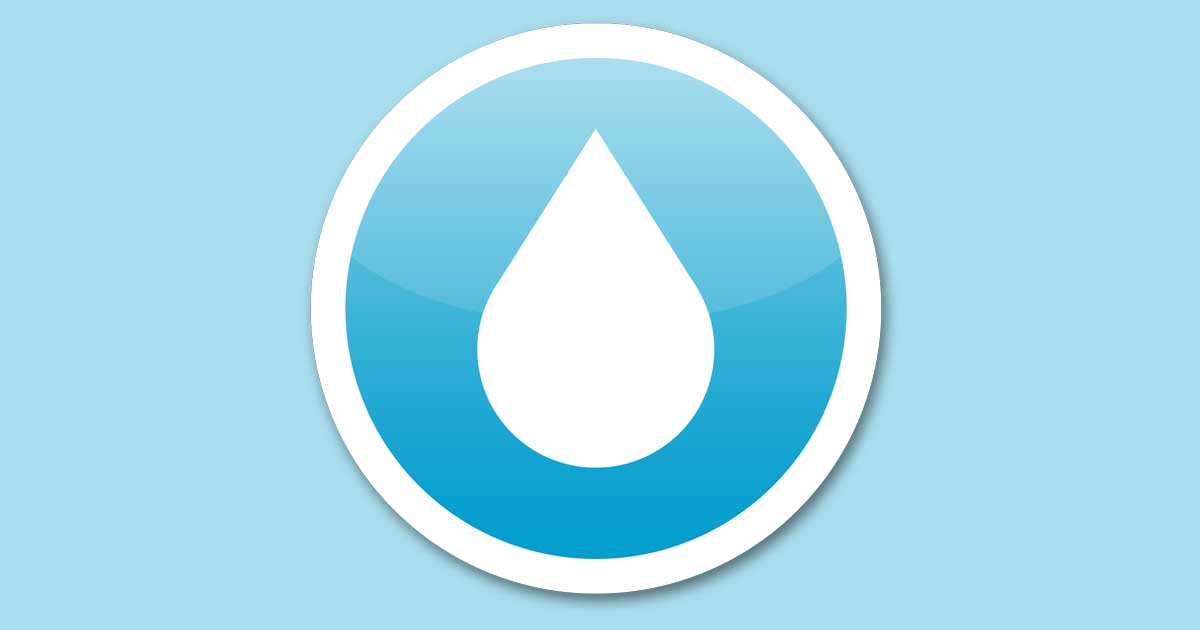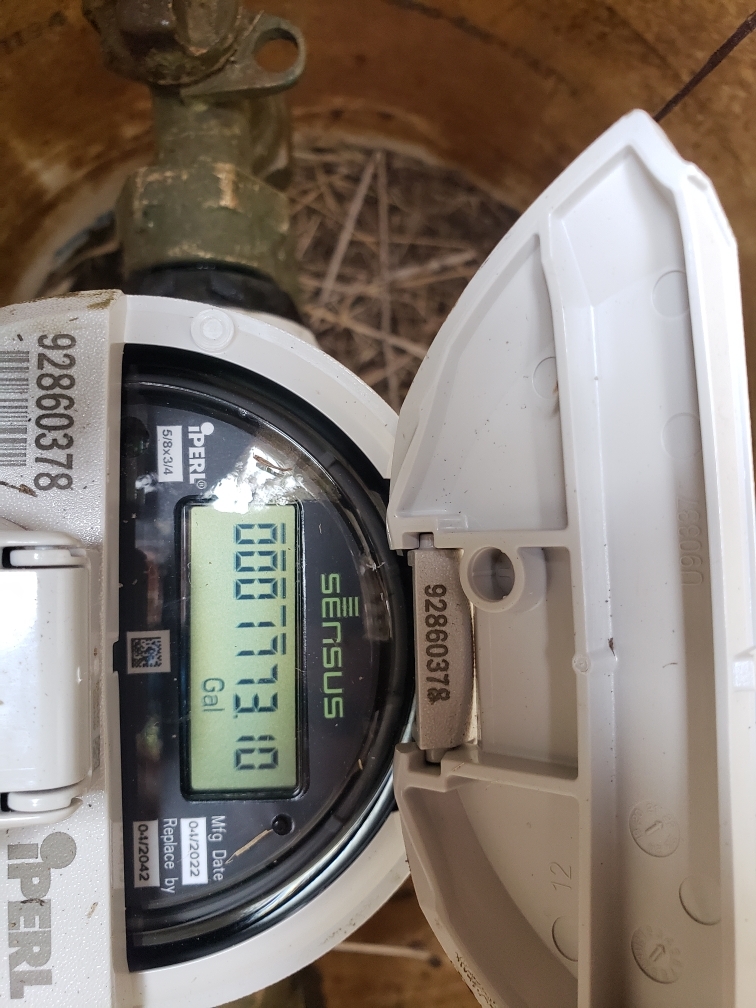STEP 1 Locate your meter pit, generally found towards the front of a property, near the road. The meter is housed in the plastic pit with a cast iron lid usually marked "water". Remove the lid by using a tool such as a large screwdriver.
STEP 2 Once you open the meter pit, lift the protective cap on the meter, if it isn't already open. On the face of the meter, there is a digital read out with the numbers on it. For the residential meter, the far right digit represents a 100th of a gallon of water. Read the number display from left to right. Be sure to include all numbers. This is your meter reading. Meters measure water in gallons. Charges for the amount of water consumed are rounded to the nearest hundred gallons used during a billing period. Compare that reading to what your bill states as your current or present reading.
STEP 3 Below the numbers, you will see the letters "Gal". If you see a + sign to the left of "Gal", you have water flowing through the meter. If you do not have any water on or running and there is a + sign, it's a good posability you have a leak.
STEP 4 Keep in mind that you might be checking your meter on a date different from the one used for billing. This could result in a difference in the amount you find, compared with the amount on which your bill is based. However, if your reading is considerably higher than what is on your bill, check for a leak or try to determine the source of large water use. If your reading is significantly lower than the reading on your bill, please contact us and let us assist you in determining the problem.

 Meter Face
Meter Face